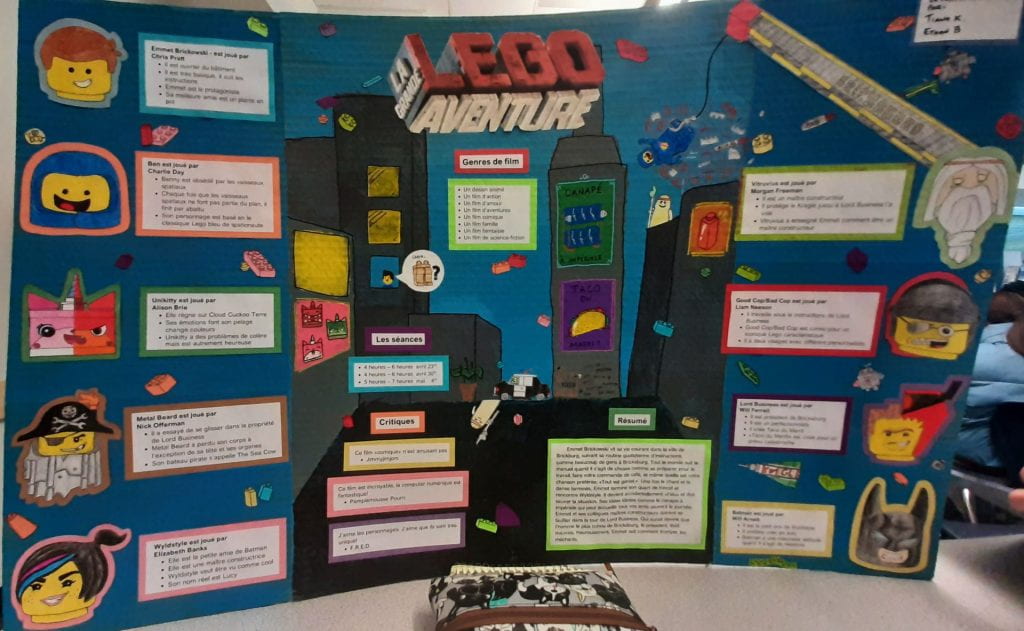My Writing

I use evidence to make judgements or decisions as demonstrated in this:
While writing my past essays in class, (which were hand written) I was able to make judgments from them along with previous assignments. As well as other written pieces I had completed before in order to get a understanding of the best way to improve upon various areas. For example if I found that a certain sentence structure was not really fitting where I had proposed it to be, then the next time I could watch out for that specific error. While using these steps I am able to demonstrate a better understanding of where I went wrong and the best way I could use to fix that issue.
I appreciate feedback on, and prefer it comes in the form of:
While writing my typed English homework/essay, I appreciated the feedback from my English teacher as he was able to directly highlight the area that needed improvement and add a comment beside me work. This was very helpful as I was able to see exactly where I went wrong and how to fix it for next time, rather then a broad comment at the bottom. I feel as though this feedback allowed me to think of a solution to the issue in that written piece and then utilize a new method for the next assessment.
My strategies for collecting relevant information for specific tasks include:
When writing our various essays whether they had been written or typed I found it most useful to review the text of movie we had reviewed for a second time. To gather quotes and key points not noticed while watching/reading the first time. While collecting this information and planning where I wanted to include it in my essay structure I was able to have a better idea of the formatting I wanted to use. Then, when writing my essay in class with a time limit. I was better prepared because I had already though about where everything should go. So, I could just write it out without having to stop and wonder how to join the pieces of information together.
Critical and Reflective Thinking:
One goal I have moving forwards, is to keep reading the feedback. Even though I may find it annoying to read things I did wrong. It was very useful to read through the comments fully, then use the constructed feedback to improve my writing quality. If I continue doing this I can slowly improve in various areas because I will be able to learn from my mistakes and hopefully not repeat those same mistakes again.









